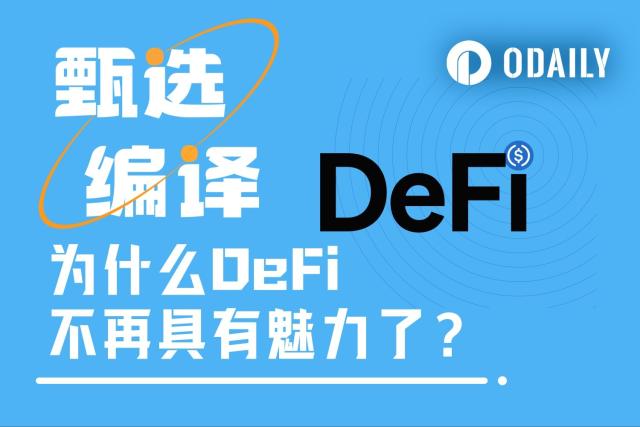According to data from StakingRewards, Solana (SOL) has surpassed Ethereum (ETH) in staking market capitalization, reaching $53.15 billion compared to Ethereum's $53.72 billion.
This milestone has sparked heated discussions on social media X, raising the question: Is this a turning point for Solana, or just a short-term surge?
Solana Overtakes Ethereum as High Staking Yields Become Attractive
Recent data shows that 64.86% of the total supply of Solana is currently being staked, providing an impressive annual percentage yield (APY) of 8.31%. In contrast, Ethereum has only 28.18% of its total supply staked, with an APY of 2.98%.
 Staking rewards for Solana and Ethereum. Source: StakingRewards
Staking rewards for Solana and Ethereum. Source: StakingRewardsThis difference highlights the growing attractiveness of Solana for investors seeking passive income through staking. Staking market capitalization is calculated by multiplying the total number of staked tokens by their current price. With SOL priced at $138.91 at the time of writing, Solana has officially surpassed Ethereum in this metric.
However, Solana's high staking rate has sparked some controversy. Critics, like Dankrad Feist on X, argue that Solana's lack of a slashing mechanism (or penalties for validator violations) weakens the economic security of its staking model. With the slashing mechanism, Ethereum provides a higher level of security, despite its lower staking rate.
"It's ironic to call it 'staking' when there's no slashing. What is being threatened? Solana currently has almost no economic security," Dankrad Feist shared.
Increasing Whale Activity Signals Caution
Meanwhile, recent moves by "whales" (large investors) have increased interest in Solana. On 20/04/2025, a whale unstaked 37,803 SOL (valued at $5.26 million). Similarly, Galaxy Digital withdrew 606,000 SOL from exchanges over four days (15/04–19/04/2025), ending with 462,000 SOL.
Additionally, on 17/04/2025, a new wallet withdrew approximately $5.15 million worth of SOL from Binance. Similarly, Binance whales withdrew over 370,000 SOL tokens valued at $52.78 million.
While some whales are withdrawing their SOL, other large investors are accumulating. Janover, a US-listed company, increased its Solana holdings to 163,651.7 SOL (valued at $21.2 million) and partnered with Kraken for staking on 16/04/2025.
These actions demonstrate different strategies from institutional investors and whales as Solana's price fluctuates around key levels.
SOL Price Analysis: Opportunities and Challenges
At the time of writing, SOL is trading at $140.49, up 3.53% in the past 24 hours. Analysts emphasize that $129 is a crucial support level for Solana's price, with $144 being the main barrier to overcome before Solana's potential price increase can be realized. Breaking through this barrier could push SOL to new highs.
 The most important support level for SOL is $129. Source: Ali/X
The most important support level for SOL is $129. Source: Ali/XConversely, dropping below the $129 support could trigger increased selling pressure. However, SOL has shown a significant recovery, with a 14.34% increase over the past week.
Another factor to consider is Solana's continuous ecosystem development. Key innovations include the QUIC data transmission protocol, the combination of Proof-of-History (PoH) and Proof-of-Stake (PoS), and validator client diversification.
With these developments, Solana continues to improve its performance and decentralization. Additionally, the launch of Solang compiler, compatible with Ethereum's Solidity, has attracted developers from the Ethereum ecosystem.
BeInCrypto has also reported on the upcoming Solana community conference, also known as Solana Breakpoint. Important announcements from this event could provide positive momentum for SOL's price.
However, despite surpassing Ethereum in staking market capitalization, Solana still faces significant challenges. Ethereum has advantages from its more mature DeFi ecosystem, trust from large institutions, and improved security through the slashing mechanism.
For some, Ethereum's low staking rate (28%) could be an intentional strategy to reduce network pressure and ensure liquidity for DeFi applications.
Conversely, Solana's high staking rate (65%) may limit liquidity in its DeFi ecosystem. This raises the question of whether Solana can balance staking and decentralized application development.
As Solana continues to challenge Ethereum's dominance, the cryptocurrency community remains divided. Is Solana's rise a sustainable breakthrough, or just another hype wave?






